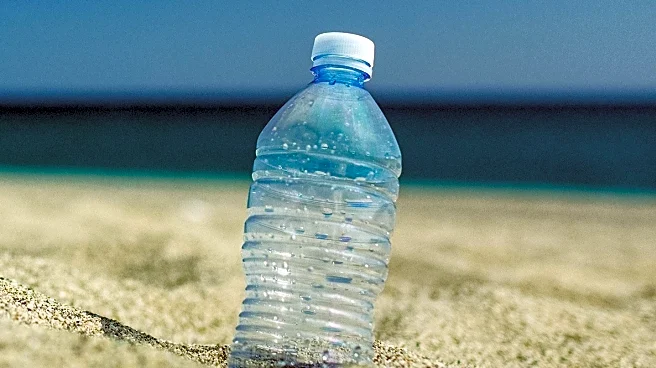What is the story about?
What's Happening?
A study published in Environmental Science & Technology Letters challenges the perception that seafood is a major source of microplastic contamination. Researchers argue that media coverage has disproportionately focused on seafood, despite other food sources contributing similar levels of plastic particles. The study highlights that indoor air is a greater source of microplastic exposure than food, with seafood contributing around the same amount as salt, honey, and chicken. The authors aim to correct misconceptions and emphasize the health benefits of seafood consumption.
Why It's Important?
Public perceptions of microplastic contamination can influence consumer behavior and policy decisions, potentially leading to reduced seafood consumption despite its nutritional benefits. By addressing misconceptions, the study encourages informed decision-making and supports the seafood industry, which is vital for global food security. The research also highlights the need for comprehensive assessments of microplastic exposure across various sources, promoting balanced and evidence-based approaches to environmental health.
Beyond the Headlines
The study underscores the role of media in shaping public perceptions, highlighting the importance of accurate reporting in environmental issues. It also raises questions about the broader impact of microplastics on human health, calling for further research to understand exposure levels and potential risks. This research contributes to ongoing discussions about environmental sustainability and consumer education.
AI Generated Content
Do you find this article useful?













